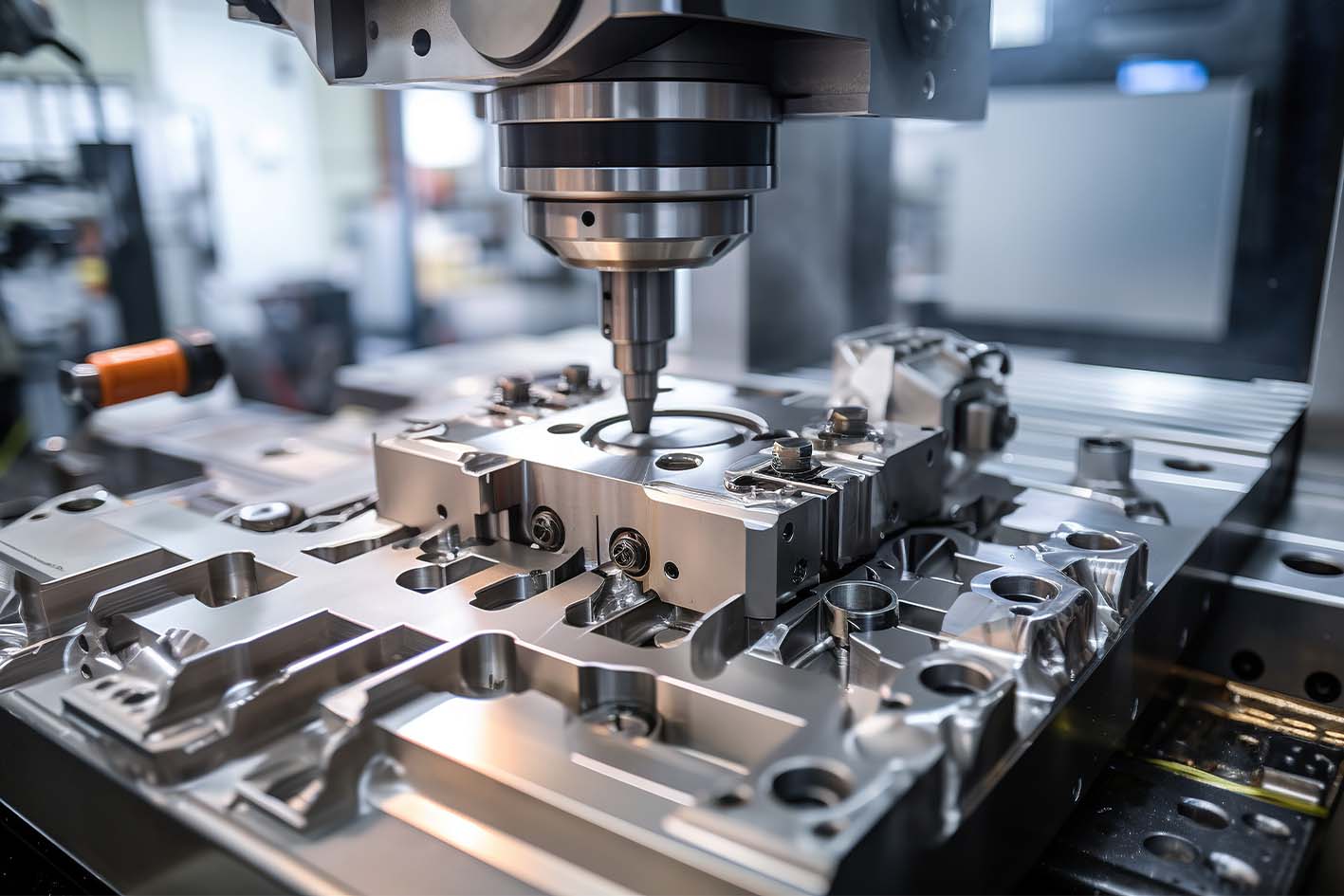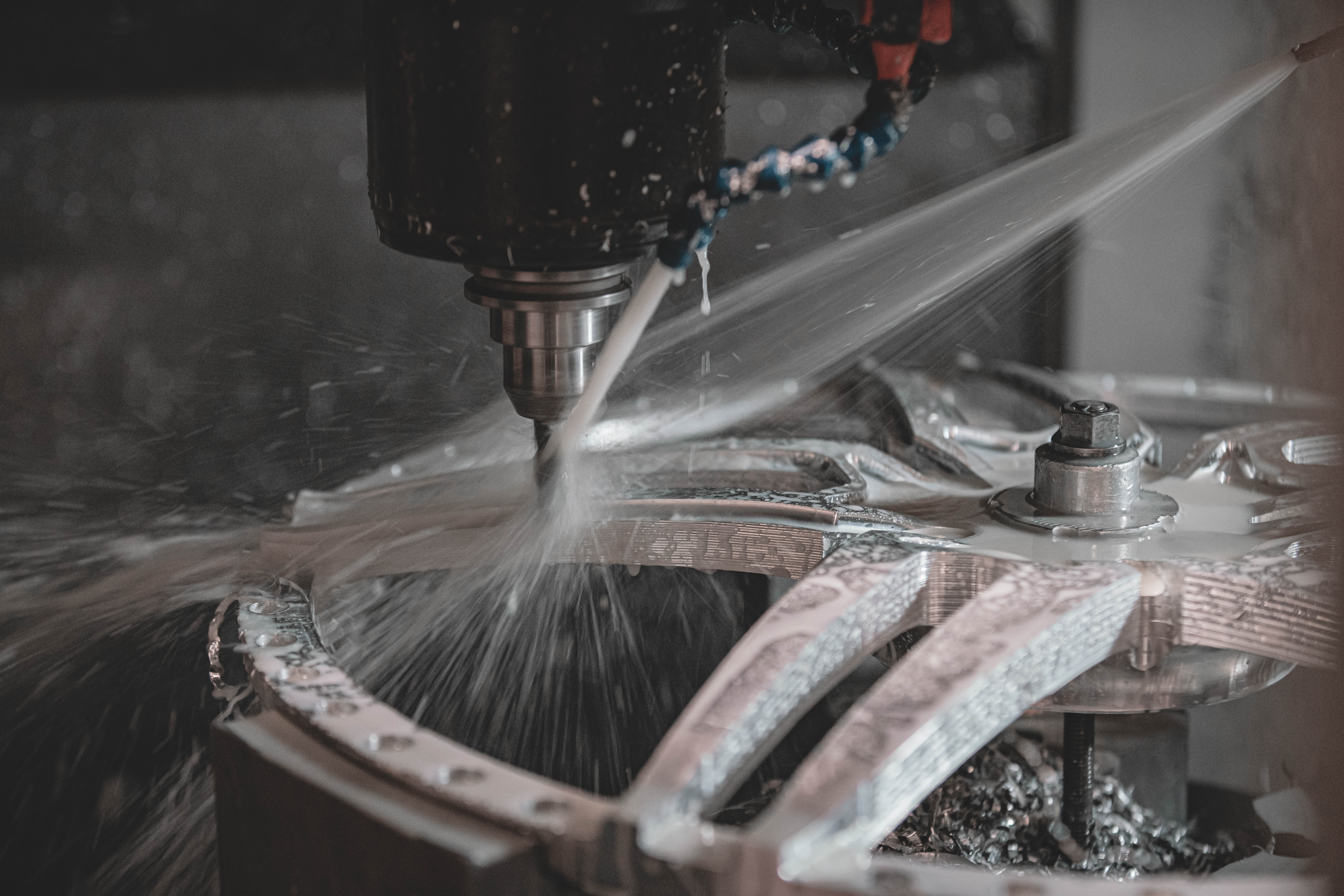Fasteners and Machining: Customized Solutions for every single Production Demand
Fasteners and Machining: Customized Solutions for every single Production Demand
Blog Article
Revealing the Ins And Outs of Fasteners and Machining Procedures for Ideal Efficiency
In the realm of engineering and manufacturing, the selection of bolts and the ins and outs of machining processes play a crucial function in determining the best performance and resilience of an item. From the seemingly uncomplicated job of selecting the right kind of fastener to the complicated accuracy machining methods used, every step in this procedure demands careful focus to detail. As we start this exploration right into the world of fasteners and machining, we will certainly uncover the refined yet crucial factors that can substantially influence the performance and quality of the end product, shedding light on the commonly overlooked aspects that can make all the difference in achieving optimum efficiency.

Significance of Proper Fastener Selection
Selecting the ideal bolts is vital in making sure the structural honesty and long life of any type of mechanical assembly. Fasteners play a fundamental role in holding parts together firmly, with the ideal option adding substantially to the general performance and integrity of the assembly. When picking fasteners, elements such as product compatibility, environmental problems, load-bearing capacity, and convenience of setup must be meticulously thought about to assure ideal efficiency.
Incorrect fastener selection can cause a series of problems, including helping to loosen, corrosion, and even architectural failure. Utilizing fasteners that are not fit to the certain requirements of the setting up can compromise its performance and posture safety dangers. Designers and engineers have to thoroughly assess the application requires and select fasteners that satisfy or exceed the required criteria and specifications.
Moreover, the correct fastener choice procedure entails analyzing the joint design, anticipated loads, resonance degrees, and prospective thermal expansion or contraction to make sure that the selected bolts can hold up against the operating problems effectively. By prioritizing proper fastener selection, producers can improve the high quality, durability, and performance of their mechanical assemblies.
Kinds and Characteristics of Bolts
An essential facet of mechanical settings up lies in understanding the varied kinds and distinct characteristics of bolts used in various commercial applications. Bolts are essential components that hold frameworks together, guaranteeing security and performance.
Screws are threaded fasteners that are commonly made use of to join two or even more components with each other. Bolts resemble screws but are typically made use of with a nut to create a safe and secure joint. Nuts are internally threaded bolts that mate with bolts to hold parts together. Washing machines are thin plates that disperse the load of a bolt, preventing damages to the material being secured. Rivets are permanent bolts that are hammered or pushed into area. Pins are used for positioning or to safeguard elements momentarily.
Recognizing the features of each kind of bolt is important for picking the right one for a particular application, guaranteeing ideal performance and reliability of the mechanical assembly. Fasteners and Machining.
Accuracy Machining Methods for Effectiveness
The elaborate layout needs of different fasteners require employing accuracy machining techniques for ideal performance in producing procedures. One of the main strategies used in accuracy machining is Computer Numerical Control (CNC) machining, which allows high levels of accuracy and repeatability in the manufacturing of fasteners.
By using precision machining methods, makers can boost the top quality of bolts, lower product waste, and boost total manufacturing performance. The usage of sophisticated machining procedures assists make sure that fasteners satisfy market standards and customer expectations for efficiency and integrity.

Factors Affecting Machining Refine Performance
Numerous variables play a significant duty in determining the performance of machining procedures in the manufacturing of fasteners. The initial vital variable is the choice of cutting devices. Selecting the suitable devices based upon the material being machined, desired surface, and reducing rates can significantly affect the performance and quality of the machining process. In addition, the reducing parameters such as cutting rate, feed price, and depth of cut are important variables that affect efficiency. Fasteners and Machining. Maximizing these criteria based on the particular needs of the bolt being generated is key to achieving cost-efficient and precise machining.
Maker rigidness and stability likewise play an important function in identifying machining process performance. A secure maker with very little vibrations can enhance precision and protect against device wear, leading to much better overall performance. The skill and experience of the equipment driver can not be ignored. An experienced operator can make real-time changes, troubleshoot concerns effectively, and ensure that the machining procedure runs smoothly, ultimately influencing the final top quality of the bolt.

Quality Assurance Actions in Manufacturing
Factors affecting machining procedure efficiency, such as reducing device choice and maker security, directly effect the execution of quality assurance steps in manufacturing. Quality control procedures are crucial in ensuring that items fulfill the needed specs and requirements. In the production procedure, different techniques are employed to keep high quality standards. Inspection and screening play a critical function in identifying any deviations from i thought about this the wanted result. Regular upkeep of machining devices is also essential to maintain quality control. Calibration of machines and devices is required to this contact form ensure exact and accurate manufacturing procedures. Additionally, applying standardized operating treatments and procedures can aid in preserving uniformity and high quality throughout the assembly line. Quality control gauges not only concentrate on the end item but likewise on every phase of the manufacturing procedure to stop issues and errors. By adhering to rigorous quality assurance procedures, manufacturers can improve customer fulfillment, build an online reputation for reliability, and eventually attain optimal performance in their machining procedures.
Conclusion
To conclude, choosing the ideal bolts and making use of accuracy machining strategies are crucial for optimum efficiency in making procedures. Understanding the kinds and characteristics of bolts, in addition to variables affecting machining procedure efficiency, can result in enhanced efficiency and quality assurance steps. By focusing on these intricacies, manufacturers can achieve greater degrees of performance and reliability in their products.
In the world of engineering and manufacturing, the option of bolts and the ins and outs of machining processes play a pivotal duty in figuring out the utmost performance and resilience of an item (Fasteners and Machining). One of the main methods used in accuracy machining is Computer Numerical Control (CNC) machining, which enables high degrees of accuracy and repeatability in the manufacturing of bolts. The use of innovative machining processes helps make sure that fasteners fulfill market standards and consumer expectations for efficiency and dependability
In conclusion, choosing the right bolts and using accuracy machining methods are essential for ideal performance in producing useful reference processes. Comprehending the kinds and attributes of bolts, along with elements influencing machining process efficiency, can lead to improved performance and quality control procedures.
Report this page